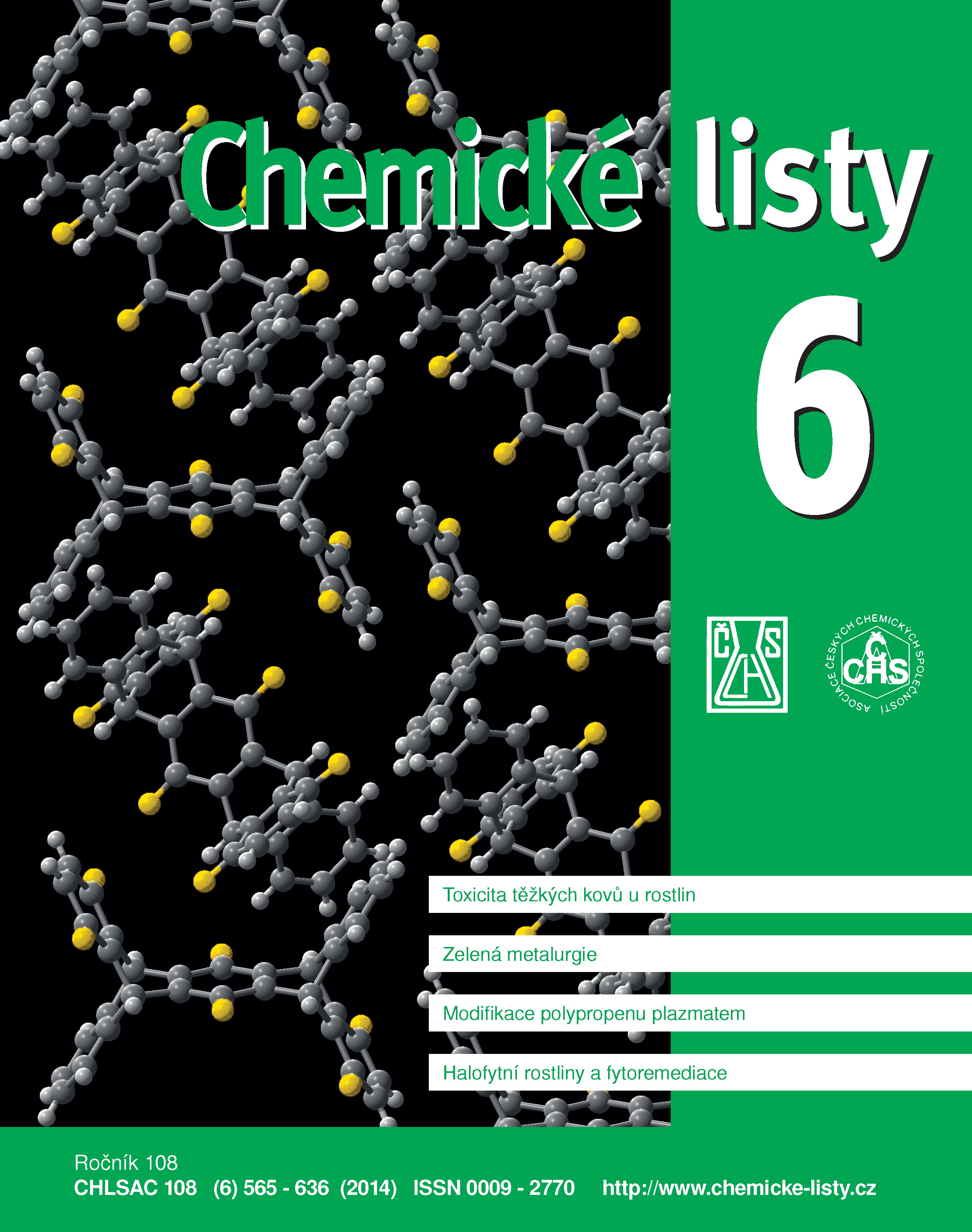Potentials of Iron and Oxygen Production by Direct Electrochemical Reduction of Oxides in Ionic Melts
Keywords:
oxide cathodic reduction, inert anode, oxide melts, molten salts, lunar regolithAbstract
This review collects the information on the trends in the investigation of electrolysis of oxide, chloride, carbonate, and hydroxide melts for the direct reduction of iron oxides. The melt electrolysis has many advantages compared with the conventional production of high-purity O‑ and S-free metals as it generates O2 at the inert anode. In spite of these indisputable advantages, the melt electrolysis is currently used only in laboratory. Nevertheless, this process could find use in exploitation of raw materials of the Moon. The cathodic reduction of solid oxides, without electrolyte consumption, is more wide-spread. The technology is focused on the production of a number of metals, such as Ti, Nb, Ta, Cr, Zr, W, and O2. The current processes excessively load the environment both directly by emissions and indirectly by high energy and water consumption.





